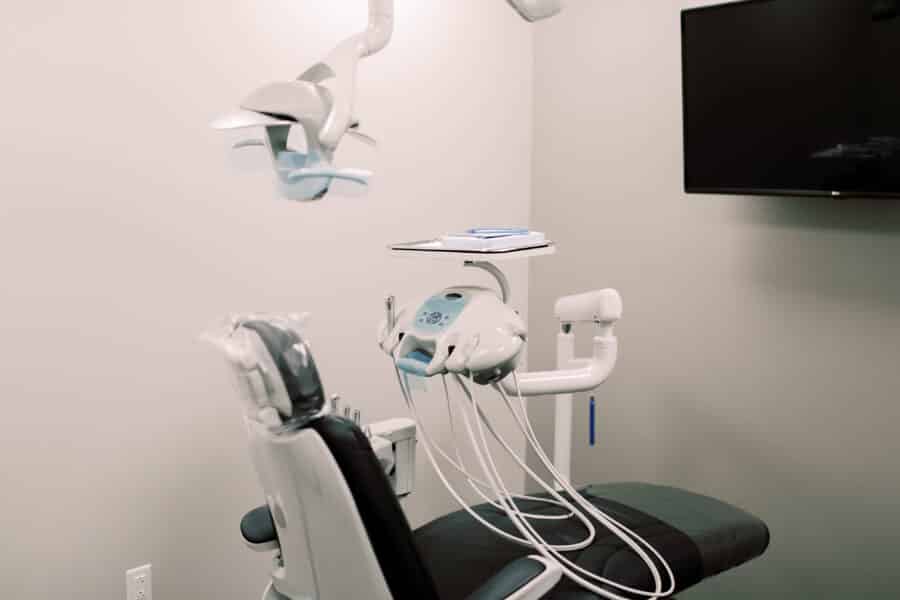Oral cancer, also called oropharyngeal cancer is a type of head and neck cancer. Statistics show that over 50,000 Americans were diagnosed with oral cancer last year. Around 90% of oral cancer is squamous cell carcinoma because squamous cells are found in the tissue that lines the mouth and throat.
Oral cancer can be life-threatening if it is not diagnosed and treated in the early stages, which is why early detection is crucial. Knowing the symptoms and risk factors is the first step to early diagnosis.
What are the symptoms of oral cancer?
Some of the common symptoms of oral cancer include:
- Mouth or lip sores that don’t seem to heal.
- A white or reddish spot inside your mouth or on your tongue that cannot be wiped away.
- Unusual bleeding or pain inside your mouth/around your gums.
- Lumps or bumps inside the mouth & lip or outside the mouth, head, and neck that doesn’t disappear.
- Chronic sore throat or feeling of thickness in your throat.
- Voice changes or hoarseness.
- Trouble chewing and swallowing.
Keep in mind that common and non-cancerous mouth sores will usually disappear within 14 days.
What are the risk factors of oral cancer?
Oral cancer incidence is related to several risk factors such as:
- Age – Patients who are over the age of 55 are at higher risk.
- Gender – Men are at twice the risk as women.
- Tobacco Use – Tobacco users are 50 times more likely to develop oral cancer!
- Excessive Alcohol Consumption – Oral cancer is more likely in drinkers vs non-drinkers. Some studies show that excessive alcohol users are up to 6 times more likely to get oral cancer.
- Human Papillomavirus (HPV) – Cases of oral cancer associated with HPV is on the rise, especially in younger people.
- UV Exposure – Cancerous lesions around lips are more common in those who have had excessive sun exposure from a young age.
In addition to common risk factors, new research is also finding that there may be links between oral cancer and poor nutrition and poor oral health.
How is oral cancer detected?
Screening for oral cancer is done at your regular dental visits by your dentist and dental hygienist. At your cleaning appointment, for example, your hygienist will check the insides of your cheeks, lips, and around/under your tongue, which can detect abnormal sores/lesions. External head and neck exams by your dentist can also detect abnormal lumps or bumps.
Self-examination is also a way to detect abnormalities as well. Occasional self-checking for any of the mentioned symptoms should be reported to your physician or dentist.
If abnormalities are detected, you will be referred to an oral surgeon for an oral biopsy, which will definitively determine whether oral cancer is present.
What is a biopsy?
A biopsy is a procedure to test and diagnose abnormal gum and mouth tissue. Here at Alfano Oral Surgery, we perform a variety of gum and oral biopsies.
Can oral cancer be treated?
Yes, oral cancer can be treated like other forms of cancer. Typically, surgery removes the cancerous growth or lesion and is then followed by radiation and/or chemotherapy.
Keep in mind that early detection is the key to survival rates when it comes to oral cancer. Because oral cancer symptoms can often seem like other less serious conditions, it can be missed early, which is why awareness is so important.
So, if you have a sore, lump, or pain that doesn’t go away in about two weeks, you should seek an examination by your dentist or physician.
